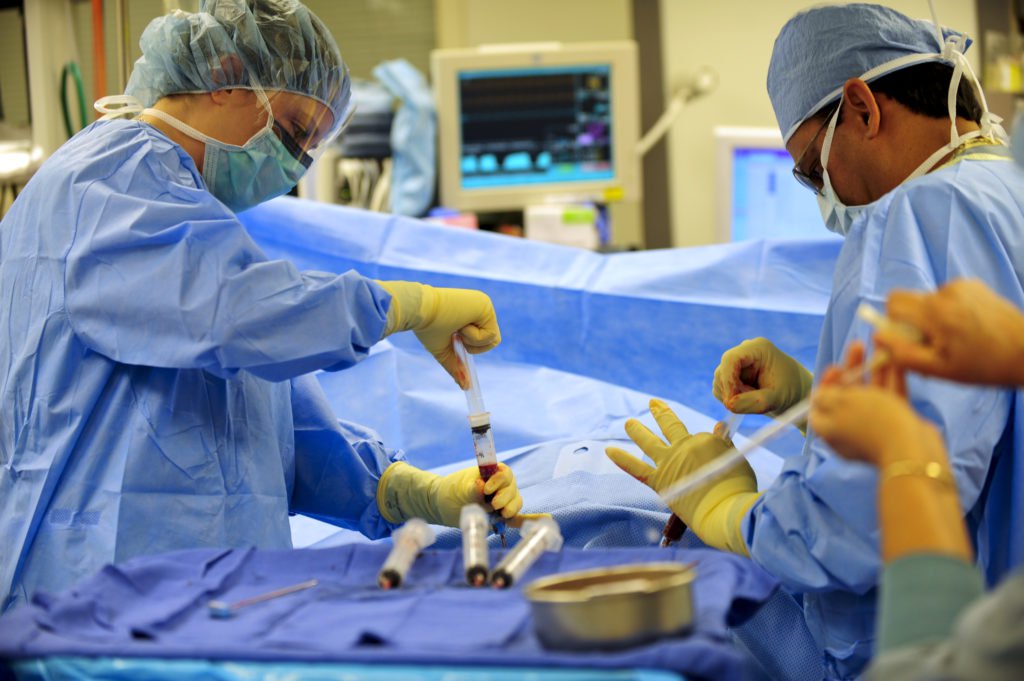When it comes to the actual bone marrow procedure, it is extremely scientific and can be only understood properly by doctors who know the procedure and have been at it for quite some time. However, to create awareness about its benefits, we will try to explain it in simple words.
The bone marrow transplant depends on a wide variety of factors. The first being the type of transplant the patient requires, the next being the disease that needs a transplant and also the tolerance towards the kind of medicines that are used in the procedure. The following points will give you a clearer picture:
- Very often, extremely high doses of radiation and chemotherapy are given during the preparations. This is known as intense therapy and it treats the mutated cells and the malignancy associated with it. It makes space for the number of new cells to grow. This procedure or therapy is known as ablative or myeloablative because of the effect it has on the bone marrow. Our bone marrow produces the maximum amount of blood cells in the body. When a patient undergoes an ablative therapy, the bone marrow becomes empty and the process of cell production is stopped. Then this empty bone marrow makes room for newer stem cells to grow into a system and establish a blood cell production unit which is new and highly effective.
- Once the radiation or chemotherapy is given to the patient, the marrow transplant takes place through the central venous catheter straight into the flowing bloodstream. This is not a procedure where the marrow is placed into the bone but is quite similar to receiving a blood transfusion. The stem cells get into the bone marrow, finding their own way and then they start reproducing and multiplying into new and healthy blood cells.
- Once the transplant is over a lot of care and support is administered to the patient, so that she/he doesn’t suffer from side effects, infections, and other complications. To prevent any of the above from happening, regular blood tests need to be done along with regular and close monitoring of fluid output and input and vital signs of the body. It is important that a clean, protected and safe environment is provided to the patient so that he/she doesn’t contract further diseases. Daily weighing in is also very important.
The Bone Marrow Transplant in India cost is supported by a number of facilities. The cost is directly proportional to the wage rate and the amenities provided to the patient and the donor.
When the bone marrow is being infused, the patient may experience chills, hives, pain, fever and chest pain. After the infusion, he/she might have to spend a few weeks in the hospital. There might be cases of excessive bleeding and infection can come about because of the low immunity of the patient. He or she might also need blood transfusions. However, these cases are rare and most of the time the procedure has a 100% success rate.
